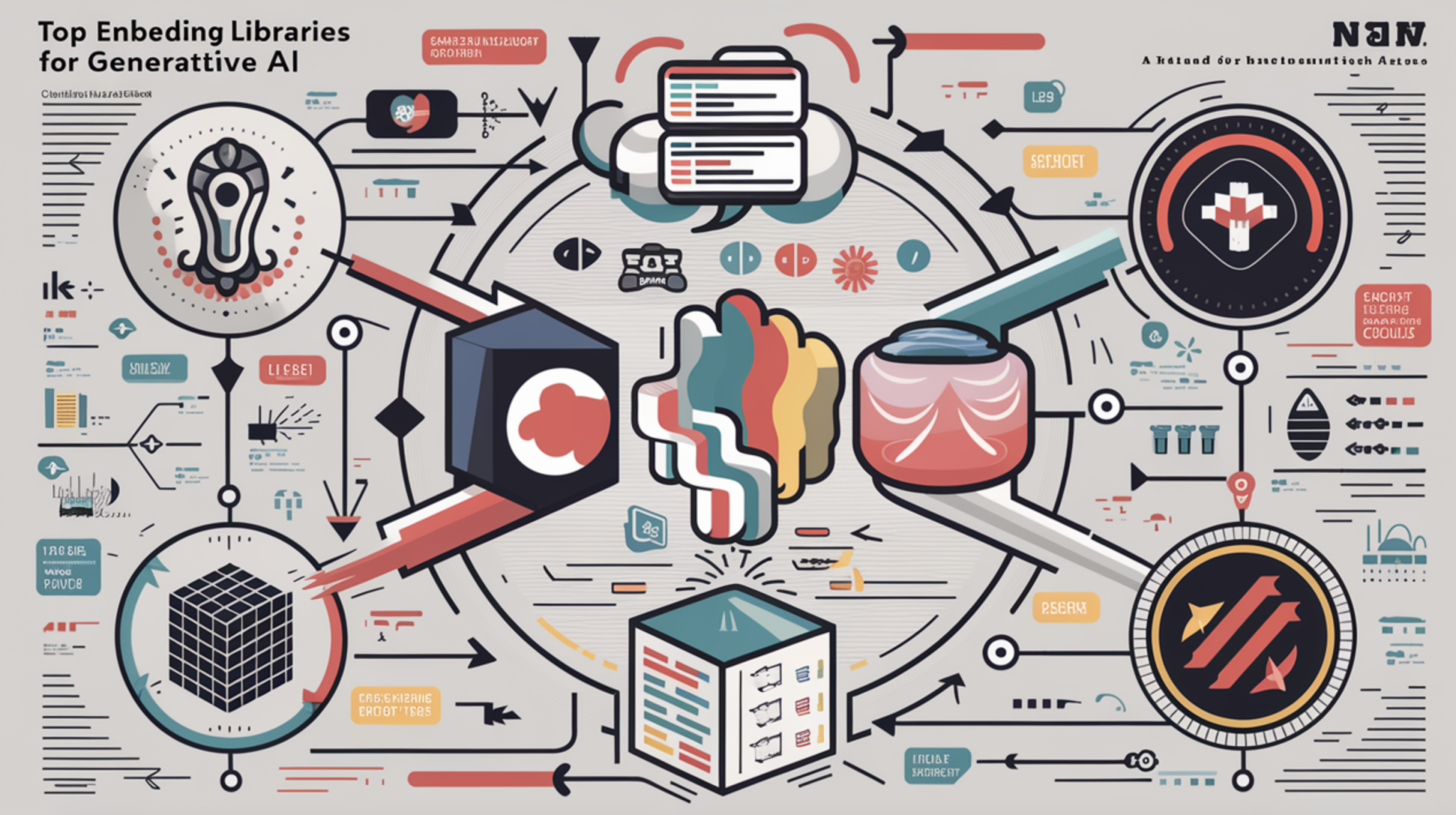
OpenAI Embeddings
Strengths:
Comprehensive Training: Trained on massive datasets for effective semantic capture.
Zero-shot Learning: Capable of classifying images without labeled examples.
Open Source Availability: Allows generation of new embeddings using open-source models.
Limitations:
High Compute Requirements: Demands significant computational resources.
Fixed Embeddings: Once trained, the embeddings are fixed, limiting flexibility.
HuggingFace Embeddings
Strengths:
Versatility: Offers a wide range of embeddings for text, image, audio, and multimodal data.
Customizable: Models can be fine-tuned on custom data for specialized applications.
Ease of Integration: Seamlessly integrates into pipelines with other HuggingFace libraries.
Regular Updates: New models and capabilities are frequently added.
Limitations:
Access Restrictions: Some features require logging in, posing a barrier for open-source users.
Flexibility Issues: Offers less flexibility compared to completely open-source options.
Gensim Word Embeddings
Strengths:
Focus on Text: Specializes in text embeddings like Word2Vec and FastText.
Utility Functions: Provides useful functions for similarity lookups and analogies.
Open Source: Models are fully open with no usage restrictions.
Limitations:
NLP-only: Focuses solely on NLP without support for image or multimodal embeddings.
Limited Model Selection: Available model range is smaller than other libraries.
Facebook Embeddings
Strengths:
Extensive Training: Trained on extensive corpora for robust representations.
Custom Training: Users can train these embeddings on new data.
Multilingual Support: Supports over 100 languages for global applications.
Integration: Can be seamlessly integrated into downstream models.
Limitations:
Complex Installation: Often requires setting up from source code.
Less Plug-and-Play: More straightforward to implement with additional setup.
AllenNLP Embeddings
Strengths:
NLP Specialization: Provides embeddings like BERT and ELMo for NLP tasks.
Fine-tuning and Visualization: Offers capabilities for fine-tuning and visualizing embeddings.
Workflow Integration: Integrates well into AllenNLP workflows.
Limitations:
NLP-only: Focuses exclusively on NLP embeddings without support for image or multimodal data.
Smaller Model Selection: The selection of models is more limited compared to other libraries.
Comparative Analysis
The choice of embedding library depends largely on the specific use case, computational requirements, and need for customization.
Conclusion
The best embedding library for a given project depends on its requirements and constraints. Each library has its unique strengths & limitations, making it essential to evaluate them based on the intended application and available resources.



























